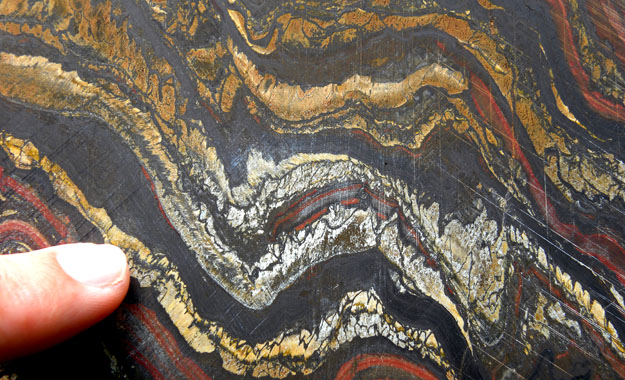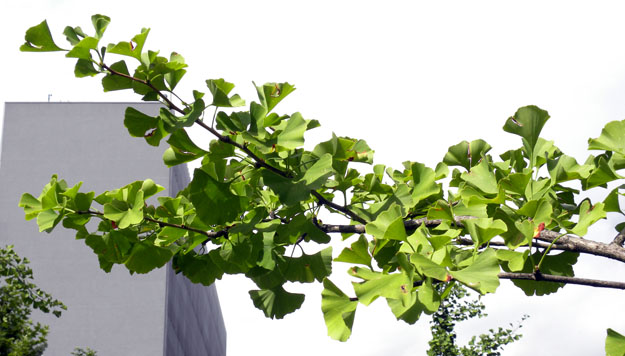FRANKFURT, GERMANY–Isn’t that a great front yard for a Natural History Museum? Diplodocus longus strides by columnar basalt and a massive chunk of conglomerate. This is the Naturmuseum Senckenberg in downtown Frankfurt, about two blocks from my hotel. On my last day in Europe I met with Dr. Mena Schemm-Gregory, a brilliant young paleontologist who specializes in brachiopods. I was very impressed with the labor-intensive way by which she makes three-dimensional reconstructions of brachiopods embedded in matrix, including their internal structures. I also simply enjoyed the museum displays. This is a good way to end this eventful trip — a visual survey of the history of life!

The front of the Senckenberg Museum, which was built in the first decade of the 20th Century. The tall object on the left is a life-sized reconstruction of a Carboniferous seedless vascular plant. I'm cleverly using it to hide an annoying smokestack in the background!





